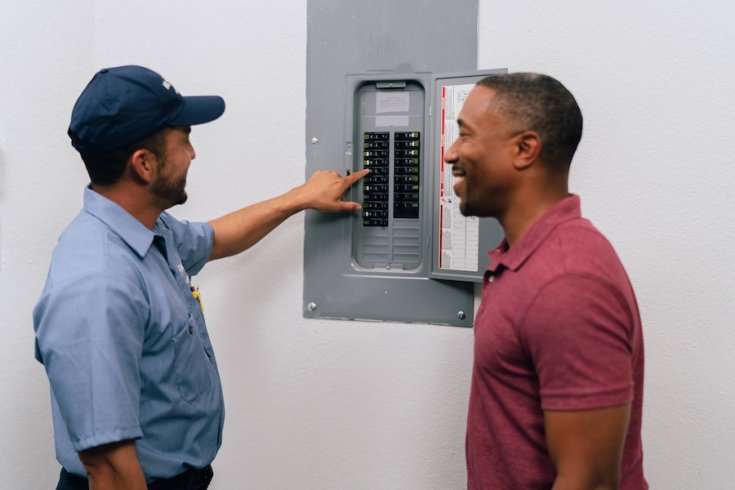An Introduction to Electrical Wiring Components and Accessories
When it comes to day-to-day activities, electricity is what powers our modern lives. Everything from our smartphones and televisions to appliances and security systems depend on a steady supply of electricity. Still, most property owners are unfamiliar with even the basics of electrical wiring in Leander, TX. These conduits transport power for miles and miles, and it's worth knowing about them.
In this brief article brought to you by Mr. Electric, we give you a brief rundown on some of the most common electrical wiring components and accessories. If you’d rather consult with, or hire, a certified electrician, then contact Mr. Electric.
Main Players: The types of electrical wiring
Believe it or not, there is more than one type of electrical wiring and the type of wiring in your home will vary depending on age, location, and intended use. Each type of wiring is chosen for its durability, safety, and ability to fit within specific building codes. Understanding which type is in your home or property can help you recognize potential limitations and necessary precautions:
- Non-Metallic (NM) Cable: Also known as Romex, NM cable is the most common type found in modern homes primary because they are affordable and easy to install. It’s made up of insulated wires encased in a plastic sheathing.
- Metallic Sheathed Cable: Common in commercial and industrial settings, this type of cable has wires protected by a metal sheath. Its high durability makes it a safer choice for areas prone to mechanical damage or exposure to heat.
- Armored Cable (BX): This type of cable features flexible, metal-coated wires for extra protection against punctures and moisture. BX is typically used in exposed areas like basements and attics.
The conduits and pathways
Wiring can’t just run openly from your breaker box to your appliances. It needs a safe, designated pathway. Enter conduits: the tubes that contain and protect wiring. The main types include:
- Rigid Metal Conduit (RMC): Made of thick, galvanized steel, RMC is typically used outdoors and underground.
- Electrical Metallic Tubing (EMT): Lighter than RMC, EMT is commonly used in commercial spaces for exposed runs along walls or ceilings.
- Flexible Metal Conduit (FMC): FMC, or “Greenfield,” is used for areas that require movement, like near motors or where vibrations occur.
The Accessories: Small and mighty
While the wiring and conduits play the lead roles, there is a lot more at play. Accessories bring everything together. These include, but are not limited to:
- Connectors and Couplings: These small components are used to join conduit sections together and connect them to boxes.
- Junction Boxes: These are metal or plastic boxes where wires connect. They provide an access point for electricians to work without damaging walls.
- Cable Clamps: Clamps secure cables and prevent them from moving.
Switches, outlets, and other final touches
Let’s finally come to the players we most often interact with:
- Switches: These devices break or complete a circuit to control power flow to your lights and appliances.
- Outlets: These provide the point of access to your power. They come in various types such as grounded outlets, GFCIs, and USB outlets.
- Breakers and Fuses: These safety devices stop the flow of electricity when there’s unusual or dangerous electrical activity.
When to call a pro
While it’s good to understand the basics of your electrical system, it’s best to leave repairs and installations to certified professionals. If you’re facing issues like frequently tripping breakers, flickering lights, or sparking outlets, then grab the phone and call Mr. Electric for quick and affordable electrical repair service.







